Kunsthalle Praha: the electric new addition to Prague’s art scene
Housed in a former electrical substation, Kunsthalle Praha is sparking new creative energy in the Czech capital. Its striking inaugural group show celebrates 100 years of electricity in art

Kunsthalle Praha, a major new not-for-profit arts and culture organisation has opened its doors to the public in the Czech capital.
The building housing the new institution began as the Zenger Electrical Substation in the 1930s, generating electricity for the city’s tram and trolleybus network. The station became defunct as technology evolved, but was acquired by the Pudil Family Foundation in 2015 with the intention of giving the building a new life as Kunsthalle Praha. The institution focuses on 20th-century and contemporary Czech and international art and will function as an ‘open meeting point’ where art lives but also engages a wide audience.

Interior view of the new Kunsthalle Praha arts hub, in a former electricity substation, which has been brought back to life by Schindler Seko architects.
Czech architecture studio Schindler Seko was tasked with reimagining the building as an art destination, which now comprises three large galleries, a bistro, a café and an extensive retail space. But it wasn’t without challenges.
Structural issues and contamination rendered the building’s original skeleton unfit for purpose; it was gutted and replaced with a monolithic concrete structure with the monument-protected facade kept intact. ‘It’s hard to create a good contemporary art space in a building that’s not purpose-built,’ says Ivana Goossen, director of Kunsthalle Praha. ‘[But] it gave us an opportunity to create a space that was really made for art.’

Installation view of 'Kinetismus: 100 Years of Electricity in Art' at Kunsthalle Praha.
While the collection is important to the identity of the institution, it won’t form the primary focus. ‘From the beginning, we never wanted this place to be a temple for the collection,’ Goossen explains. ‘[The collection] allows us to exchange; when we request something on loan, we’re able to give something on loan. So it is a very important part of what we do, but we never intended to have a permanent show of the collection. We wanted to live the “kunsthalle” concept.’
This has created a model built on cooperation and a diverse mix of thematic and solo exhibitions, for which Kunsthalle Praha often partners with external curators and artists to develop a vision for each show. ‘Depending on the exhibition, the artists, and the opportunity, we will support the creation of new work. It’s a larger story we want to tell. I think it’s so important for artists to have the support to venture into a new area,’ says Goossen.
Kunsthalle Praha inaugural show: ‘Kinetismus: 100 Years of Electricity in Art’
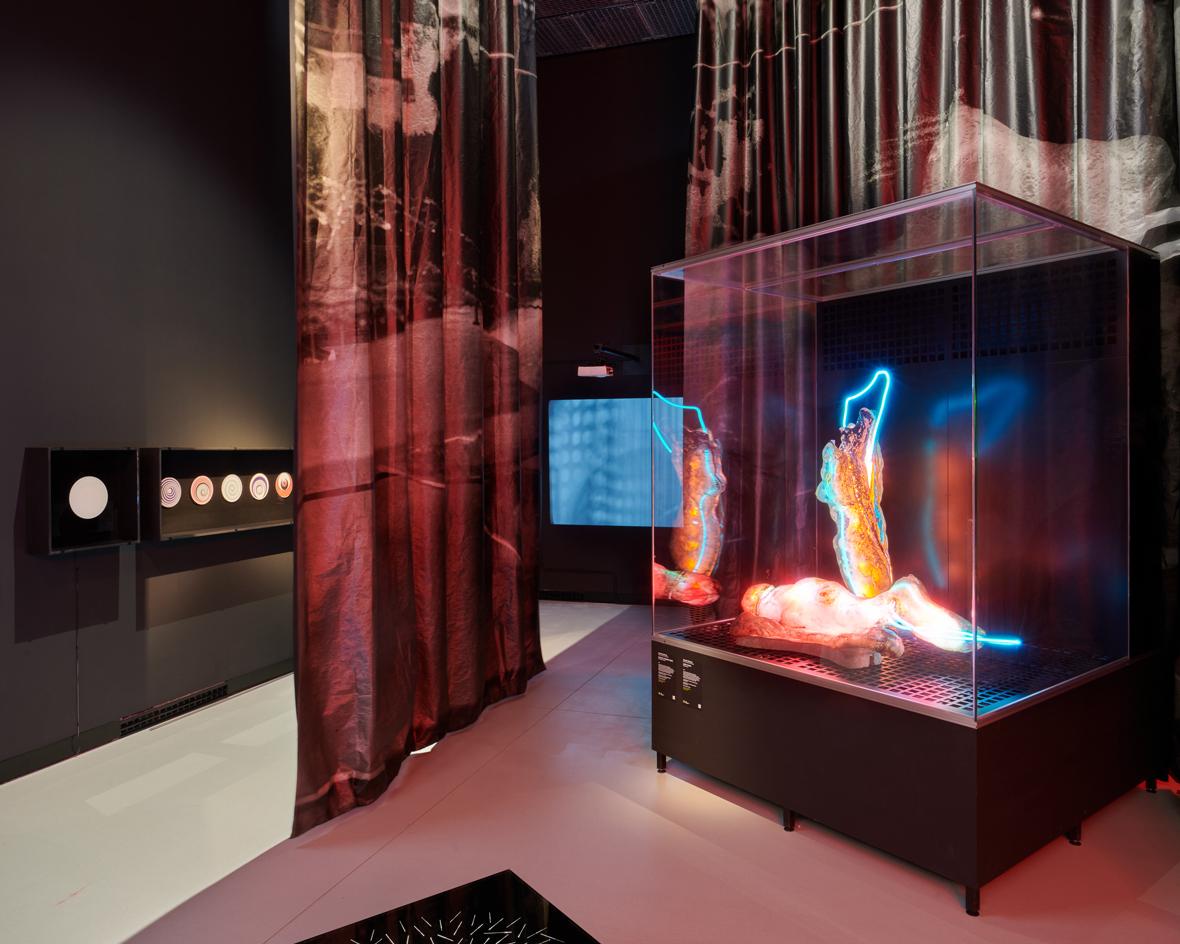
Installation view of 'Kinetismus: 100 Years of Electricity in Art' at Kunsthalle Praha.
The opening exhibition ‘Kinetismus: 100 Years of Electricity in Art’ is an ode to the original fabric of Kunsthalle Praha. On view until 20 June 2022, the show surveys how electricity has transformed movements and artistic practices from the start of the 20th century to the contemporary era.
Though the show is international and multi-generational, at its heart is a tribute to the work of Czech avant-garde art pioneer Zdeněk Pešánek. In 1936, the artist created a kinetic light sculpture titled 100 Years of Electricity for the facade of the Zenger substation, yet the installation mysteriously vanished before it got the chance, surviving only in the form of models. The Kunsthalle Praha team, spearheaded by guest curator Peter Weibel, chose to focus on bringing Pešánek’s ideas back to life, in dialogue with a century of electricity-driven art.

Installation view of 'Kinetismus: 100 Years of Electricity in Art' at Kunsthalle Praha.
This optically dazzling and comprehensive exhibition involves more than 90 works organised into four categories: cinematography, kinetic art, cybernetic art, and computer art. Visitors will encounter everything from the trailblazing experiments of Bauhaus-affiliated figures to cutting-edge immersive technology by teamLab. The show will include the work of pioneers such as Mary Ellen Bute, Carlos Cruz-Diez, László Moholy-Nagy, Martha Boto and Marcel Duchamp; established living icons such as Julio Le Parc, Cerith Wyn Evans and William Kentridge; and other leading contemporary names including Ryoji Ikeda, Refik Anadol, Shilpa Gupta, Olafur Eliasson, Xavier Veilhan, Random International, and Angela Bulloch.
Alongside the inaugural show, Kunsthalle Praha has also unveiled a permanent commission by conceptual artist Mark Dion titled Cabinet of Electrical Curiosities, as well as a separate exhibition, ‘Electrical Substation: Electricity in Architecture, Electricity in the City’ which explores the building’s rich industrial past, and Prague’s history more broadly.

Xavier Veilhan, Light Machine, 2015. Perrotin, Paris.Veilhan / ADAGP Paris, 2021, courtesy of the artist and Perrotin
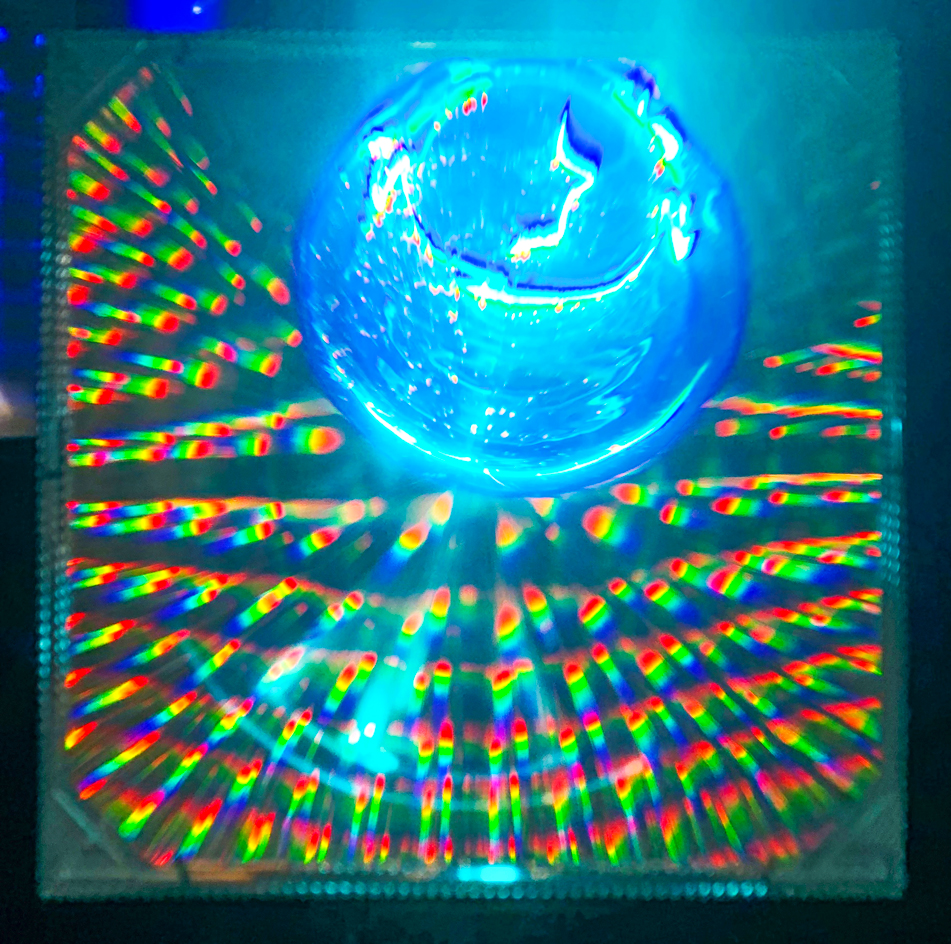
Heinz Mack, Virtuelles Volumen I / Virtual Volume I, 1964. Courtesy of the artist.
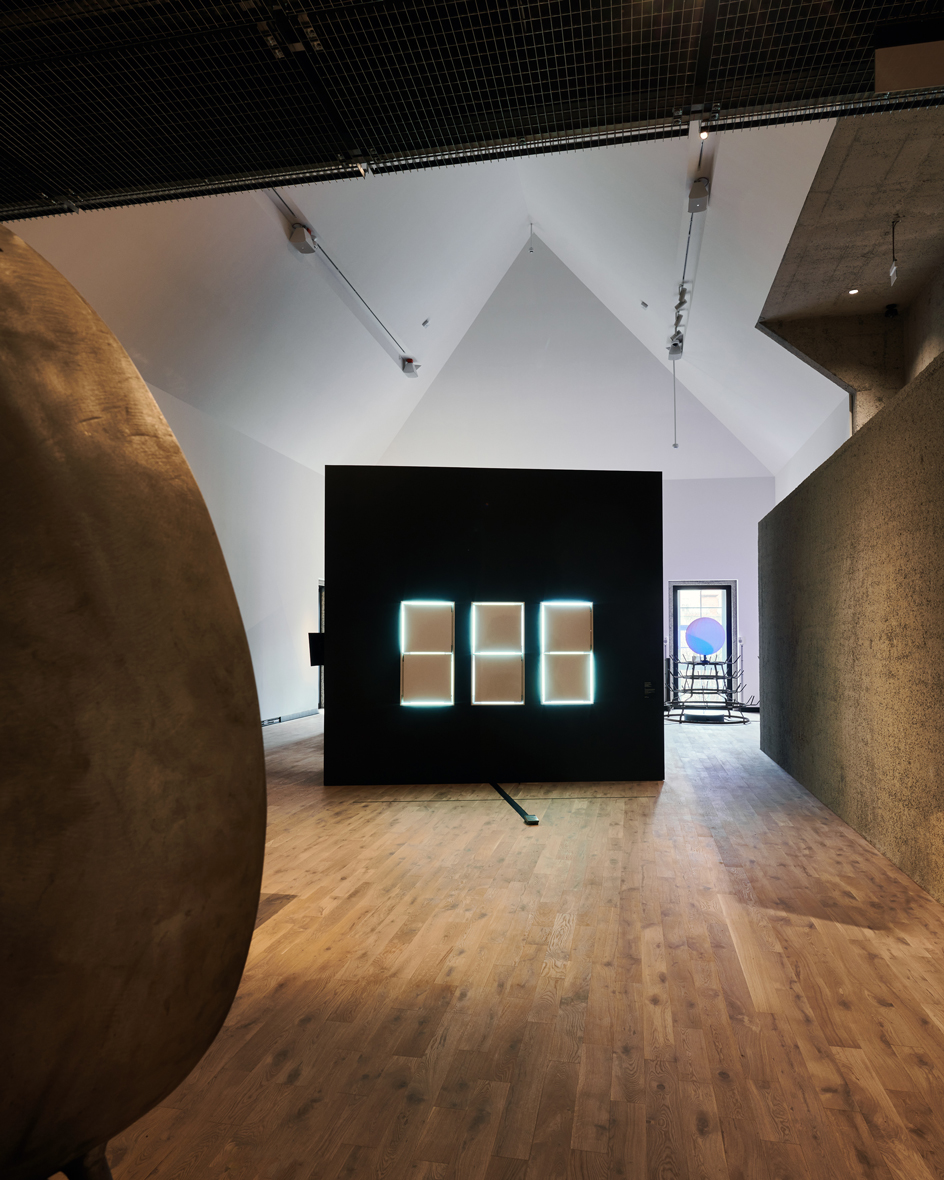
Installation view of 'KINETISMUS: 100 Years of Electricity in Art' at Kunsthalle Praha
INFORMATION
’Kinetismus: 100 Years of Electricity in Art’, until 20 June 2022, Kunsthalle Praha. kunsthallepraha.org
Receive our daily digest of inspiration, escapism and design stories from around the world direct to your inbox.
Harriet Lloyd-Smith was the Arts Editor of Wallpaper*, responsible for the art pages across digital and print, including profiles, exhibition reviews, and contemporary art collaborations. She started at Wallpaper* in 2017 and has written for leading contemporary art publications, auction houses and arts charities, and lectured on review writing and art journalism. When she’s not writing about art, she’s making her own.
-
 In Norway, remoteness becomes the new luxury
In Norway, remoteness becomes the new luxuryAcross islands and fjords, a new wave of design-led hideaways is elevating remoteness into a refined, elemental form of luxury
-
 The rising style stars of 2026: Oscar Ouyang is taking knitwear into new realms
The rising style stars of 2026: Oscar Ouyang is taking knitwear into new realmsAs part of the January 2026 Next Generation issue of Wallpaper*, we meet fashion’s next generation. Born in Beijing, Central Saint Martins graduate Oscar Ouyang is inspired by anime, medieval folklore and his friends’ wardrobes
-
 Zbeul Studio's 'future relics' merge traditional craft with unexpected materials
Zbeul Studio's 'future relics' merge traditional craft with unexpected materialsWallpaper* Future Icons: Paris-based studio Zbeul merges archaeology, craft, and design, taking the design process to innovative places
-
![Installation views of It’s not my job, it’s your job / Ce n’est pas mon travail, c’est votre travail at [mac] mus e d’art contemporain de Marseille, 2023](https://cdn.mos.cms.futurecdn.net/CC3pZWbdpNejcfiv4jeXBB.jpg) Marseille’s Museum of Contemporary Art (MAC) reopens with a pop
Marseille’s Museum of Contemporary Art (MAC) reopens with a popAmidst social turmoil, Marseille’s Museum of Contemporary Art (MAC) reopens following a four-year facelift with a pop-coloured show by Paola Pivi
-
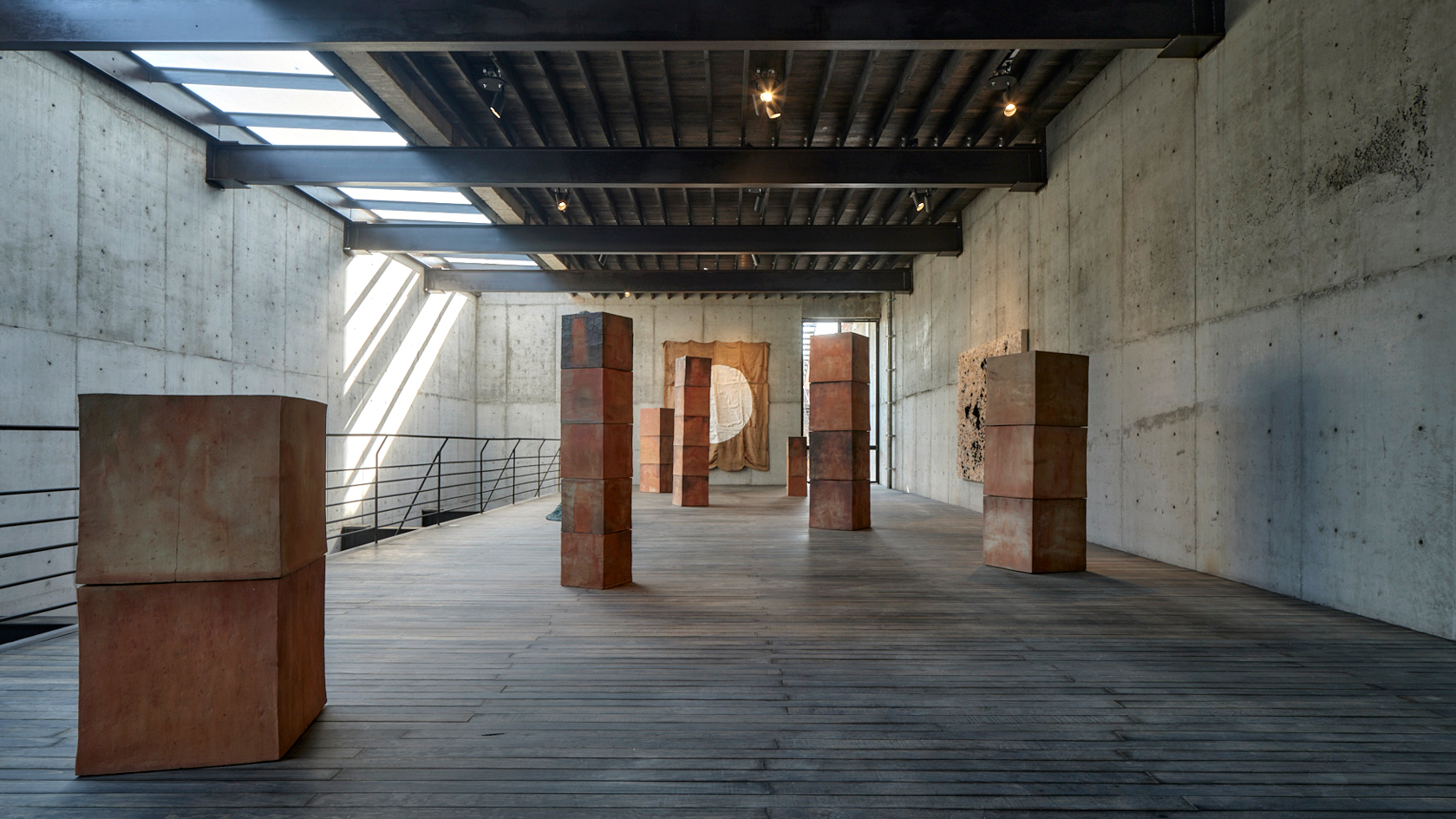 Bosco Sodi’s monumental new Mexico City studio is a multifunctional feat
Bosco Sodi’s monumental new Mexico City studio is a multifunctional featAs Bosco Sodi unveils his new Studio CMDX in Atlampa, Mexico City, we speak to the artist about how the vast Alberto Kalach-designed former warehouse is a feat in multitasking
-
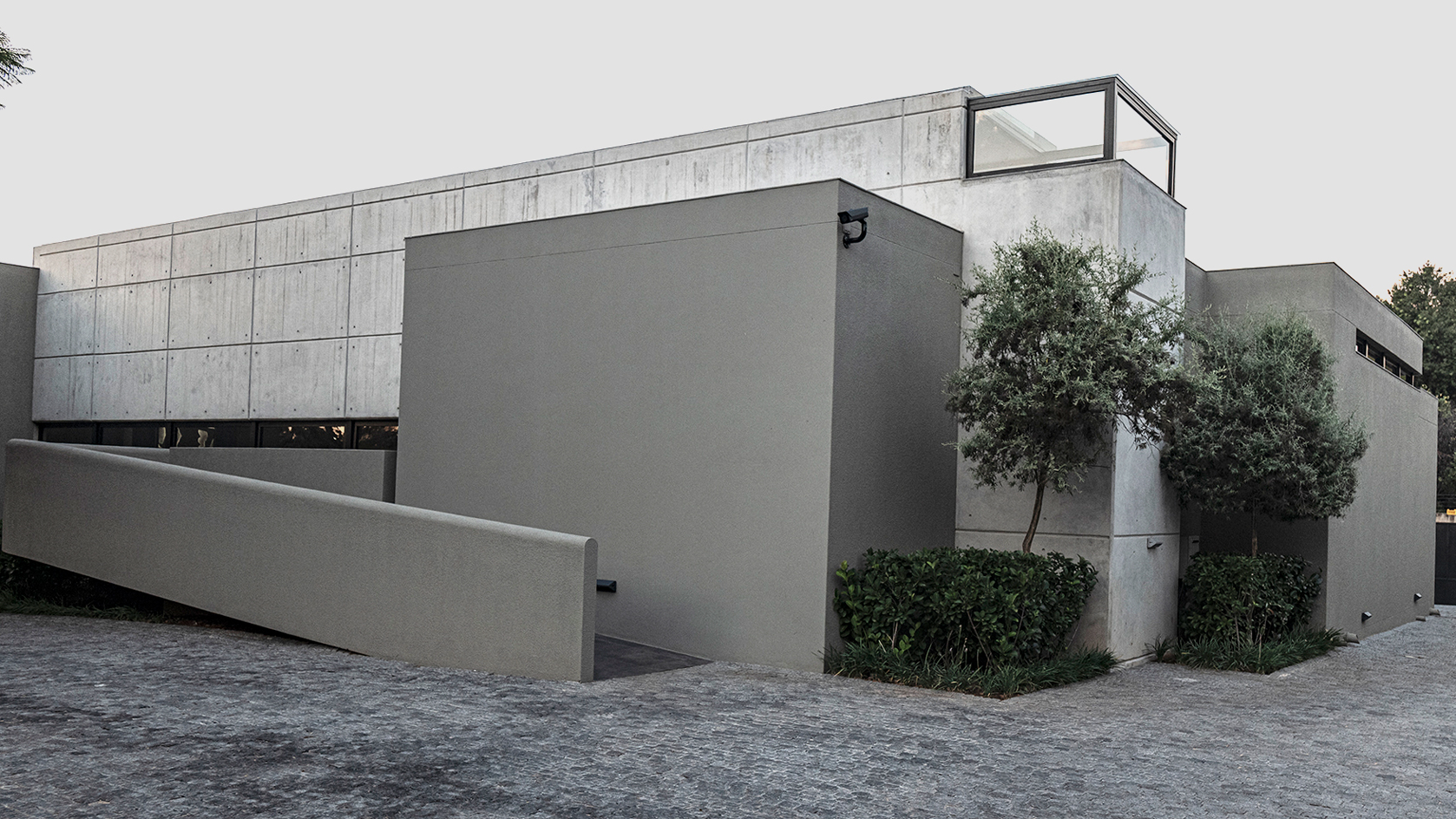 Roger Ballen’s Inside Out Centre for the Arts opens in Johannesburg
Roger Ballen’s Inside Out Centre for the Arts opens in JohannesburgThe Inside Out Centre for the Arts, founded by artist Roger Ballen, is Johannesburg’s newest hub for art related to the African continent
-
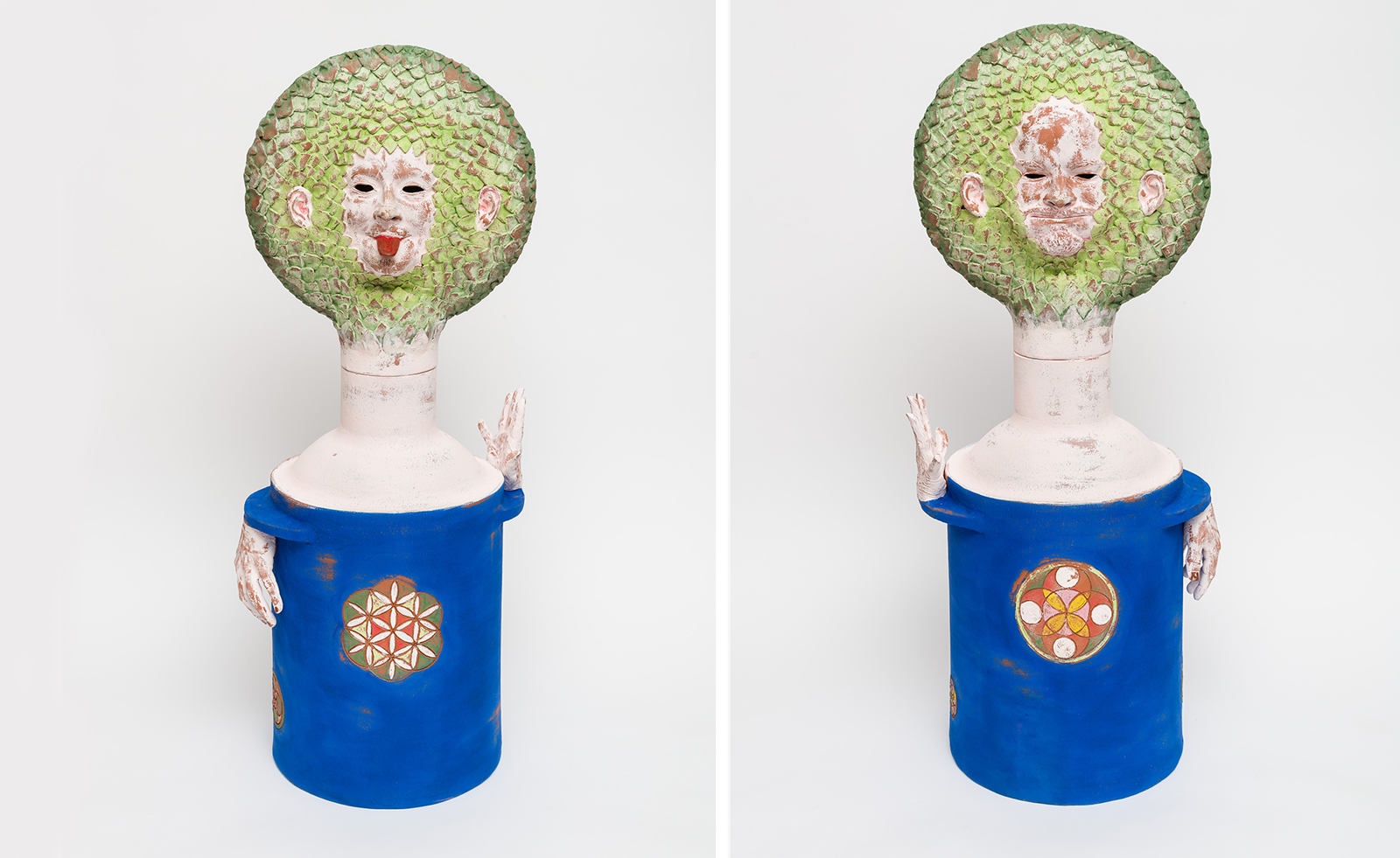 Ceramic artists: top trail-glazers breaking the mould
Ceramic artists: top trail-glazers breaking the mouldA way with clay: discover the contemporary ceramic artists firing up a new age for the medium
-
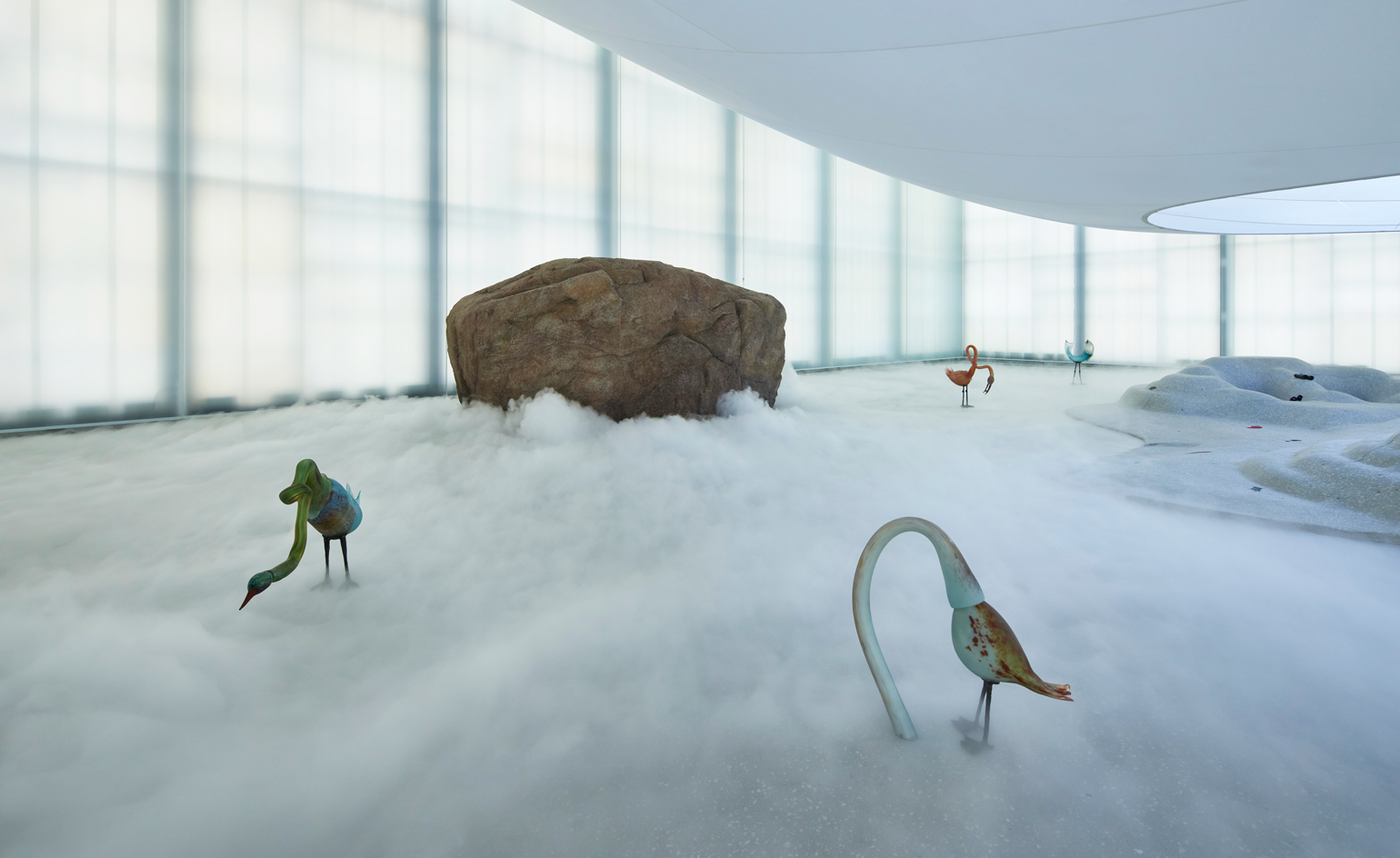 Laure Prouvost unveils inaugural Light Hall commission at National Museum in Oslo
Laure Prouvost unveils inaugural Light Hall commission at National Museum in OsloThe Turner Prize-winning artist takes over the cavernous space atop Oslo’s new National Museum with an ethereal installation
-
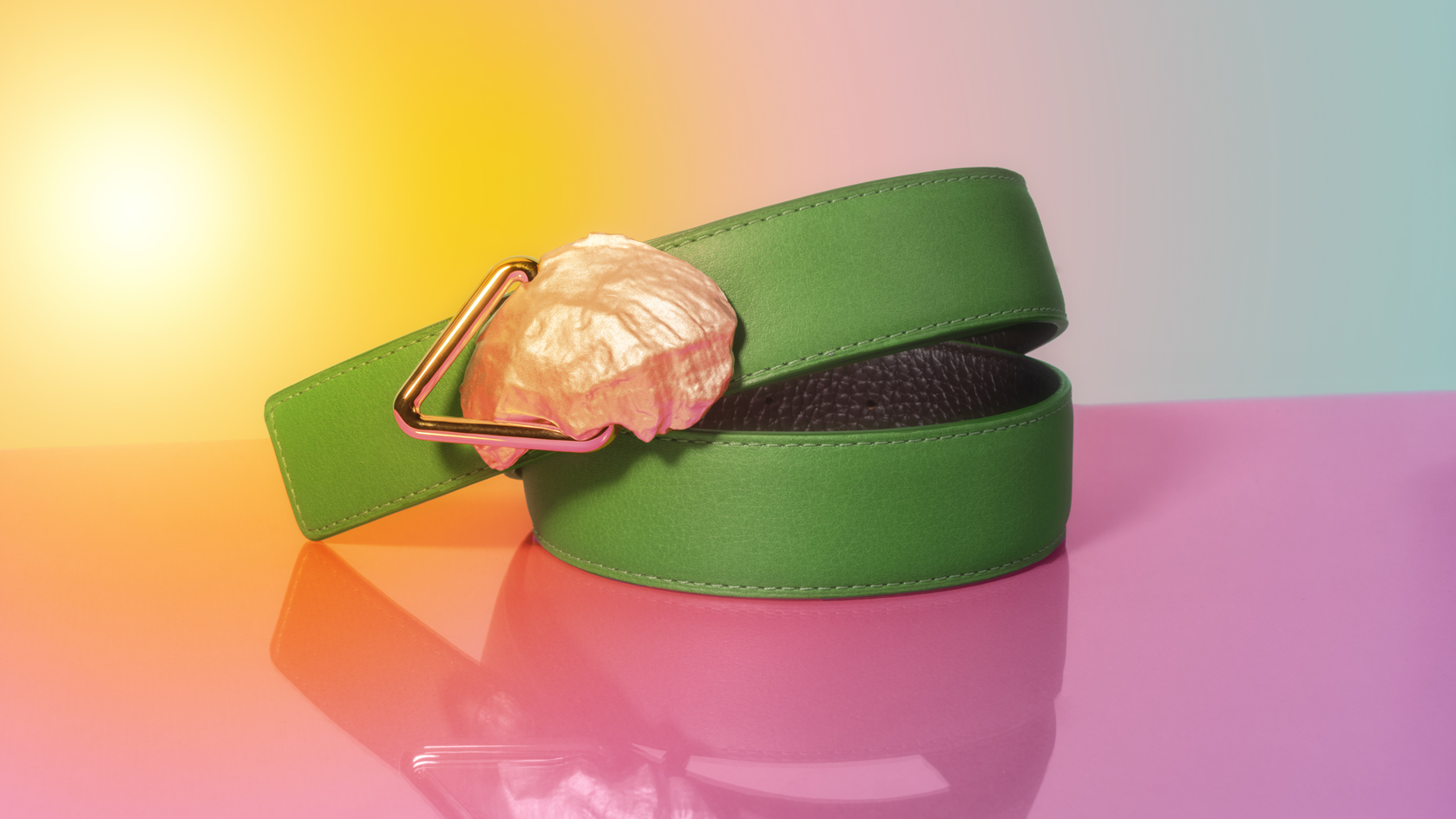 The best art gifts for the creative in your life
The best art gifts for the creative in your lifeGet inspired with our ongoing guide to the best art gifts
-
 10 best art exhibitions to see in 2023, picked by Wallpaper* arts editor Harriet Lloyd-Smith
10 best art exhibitions to see in 2023, picked by Wallpaper* arts editor Harriet Lloyd-SmithTo usher in the new year, Wallpaper’s arts editor Harriet Lloyd-Smith highlights the best art exhibitions to see in 2023, and there’s a lot to look forward to
-
 Veronica Ryan wins the 2022 Turner Prize
Veronica Ryan wins the 2022 Turner PrizeVeronica Ryan, the artist who honoured the Windrush generation, has been named winner of the 2022 Turner Prize in a ceremony held in Liverpool